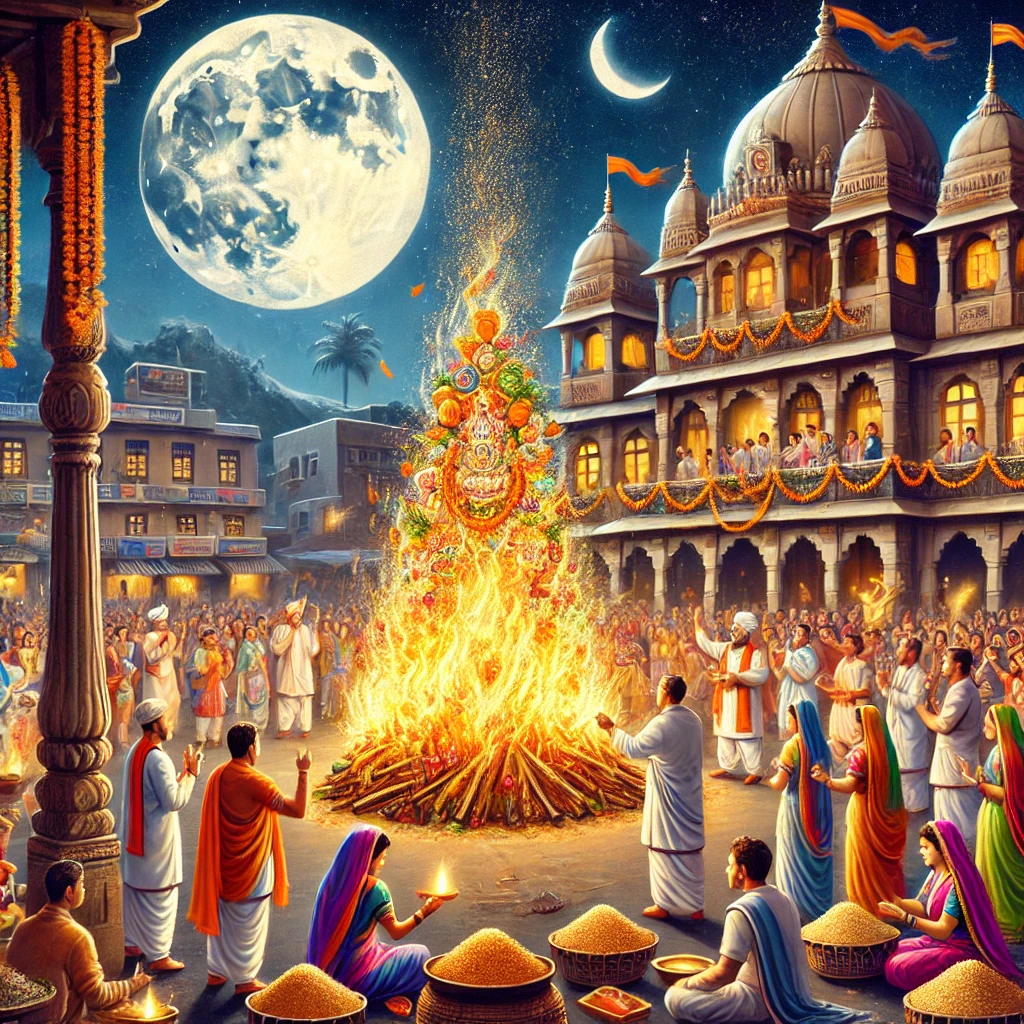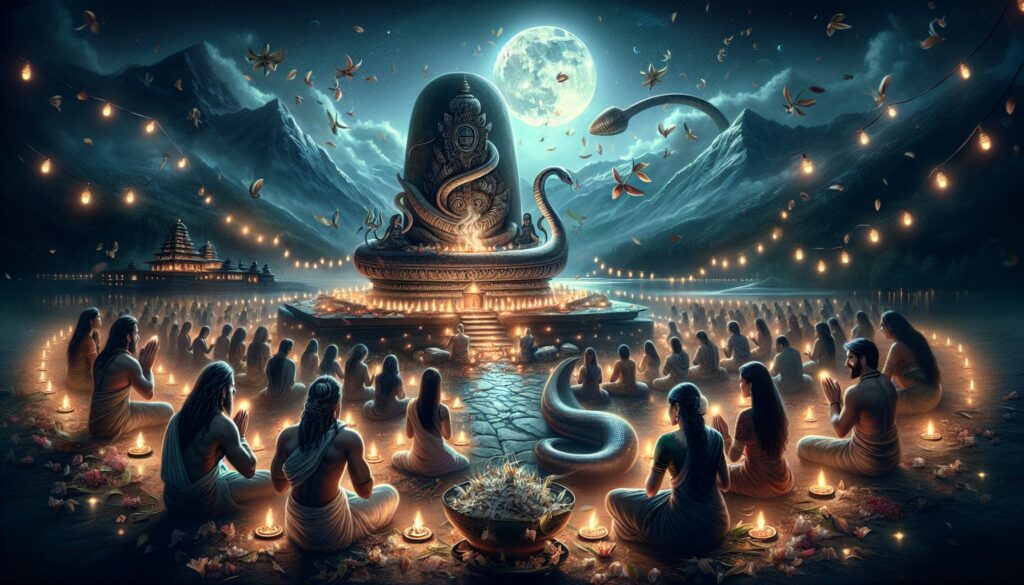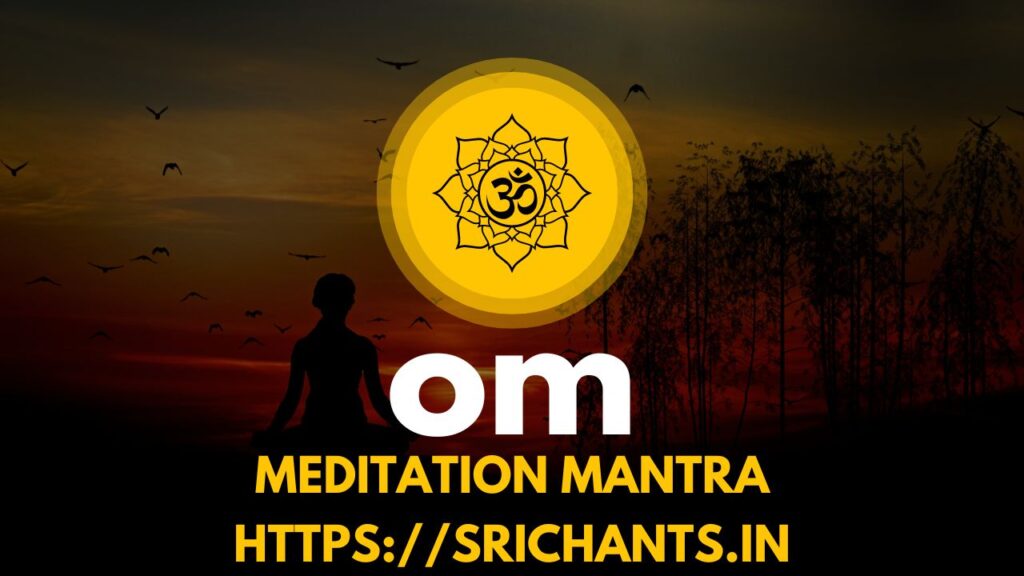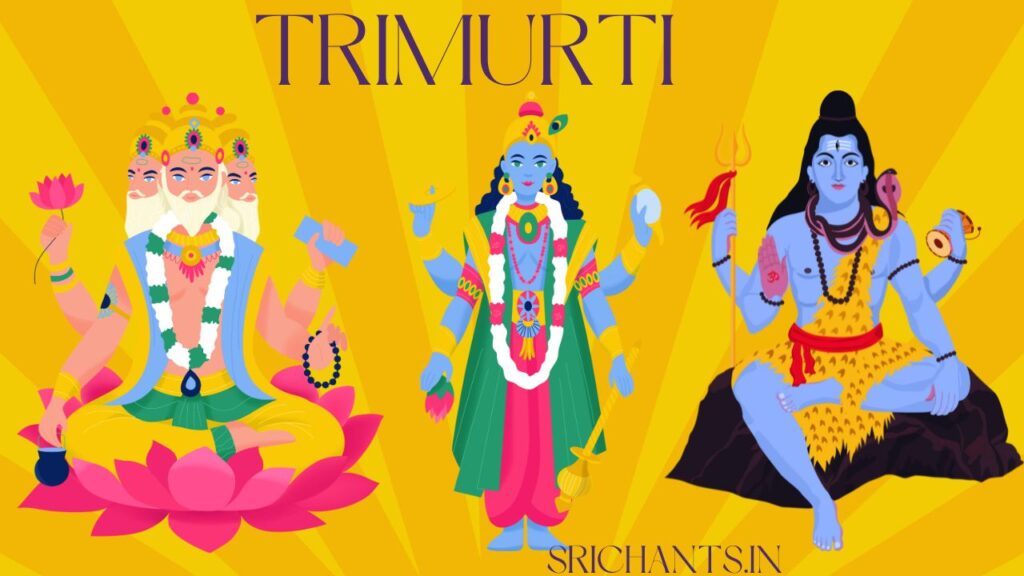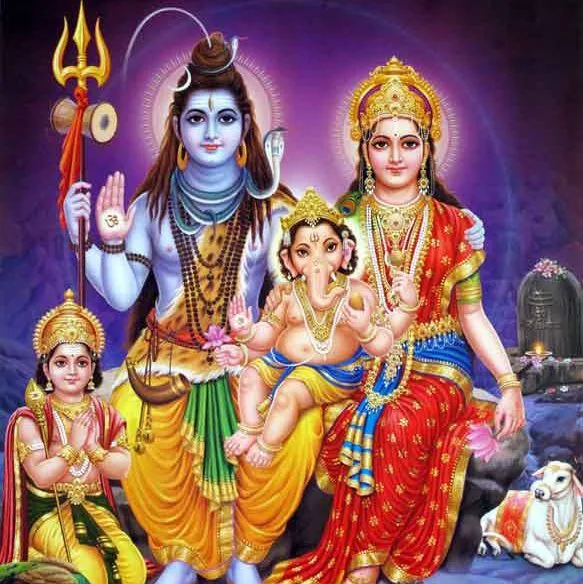Phalguna Purnima 2025: Festival of Spirituality
Introduction
Among the most important full moon days in the Hindu calendar is Phalguna Purnima. It falls in the month of Phalguna and is seen all throughout India with great fervent dedication. Linked with various significant Hindu celebrations and rites, this lucky day marks the end of the Phalguna month.
Phalguna Purnima will be observed Friday, March 14, 2025. This day is vibrantly culturally as well as spiritually strong. Celebrated as Holika Dahan, it marks the day that good triumphs over evil. For followers of Lord Vishnu, Lord Shiva, and other gods as well, it has sacred significance.
Let’s closely examine Phalguna Purnima’s history, meaning, customs, and celebrations.
Significance of Phalguna Purnima
Deep spiritual, mythical, and culturally significant is Phalguna Purnima. Being the last full moon of the Hindu calendar opens the path for fresh starts. This day connects several significant events and legends:
1. Holika Dahan: The Triumph of Good Over Evil
Holika Dahan, performed on the eve of Holi, is one of the most well-known feature of Phalguna Purnima. Hindu mythology holds that Prahlada, a fervent follower of Lord Vishnu, was rescued from the grasp of his terrible father, King Hiranyakashipu, and aunt Holika. Having a gift of immunity to fire, Holika sought to burn Prahlada but died in the flames under divine intervention while Prahlada stayed unhurt. This occasion stands for the triumph of righteousness and loyalty above conceit and wickedness.
2. Worship of Lord Vishnu and Lord Shiva
Moreover important for the devotion of Lord Vishnu is Phalguna Purnima. Seeking blessings for wealth and happiness, devotees fasts and do Satyanarayan Puja.
Furthermore highly revered is Lord Shiva with great dedication. This is particularly pertinent to those who seek heavenly blessing by observing the Phalguna Purnima Vrat, a fast.
3. Birth Anniversary of Chaitanya Mahaprabhu
Celebrated also as Gaura Purnima, this day honors the birth of famous saint and Lord Krishna’s avatar Chaitanya Mahaprabhu. His lessons stressed love, loyalty, and chanting of the Hare Krishna Mahamantra.
4. Last Full Moon of the Hindu Year
Before Chaitra Navratri and the Hindu New Year is Phalguna Purnima, the last full moon. It’s thought to as a great time for introspection, spiritual cleaning, and getting ready for fresh starts.
Rituals and Traditions of Phalguna Purnima
1. Taking a Holy Dip (Snan) in Sacred Rivers
On Phalguna Purnima, bathing in holy rivers including Ganga, Yamuna, Narmada, and Godavari is thought to clear sins and provide spiritual merit. To do these holy baths, pilgrims travel to significant Hindu places.
2. Observing Fasts (Vrat) for Blessings
Many of the followers see Phalguna Purnima Vrat. The fast breaks following the evening puja and moonrise. It’s thought to offer happiness, health, and calm.
3. Performing Satyanarayan Puja
Many families celebrate Satyanarayan Puja, a unique ceremony honouring Lord Vishnu, on this day. One reads the Satyanarayan Katha and presents prasadam, or sacred food.
4. Holika Dahan: Lighting the Sacred Bonfire
Lit in the evening, a bonfire represents the burning of negativity and the triumph of good. Gathering around the fire, people pray and toss grains, coconut, wheat, and other offerings into the flames.
5. Offering Prayers and Charity (Daan-Punya)
- Devotees give the less fortunate food, clothing, and money.
- It’s thought lucky to feed birds and cows.
- People share sweets and prasad as a kind of charity.
6. Chaitanya Mahaprabhu Jayanti Celebrations
Grand festivities in many temples center on Gaura Purnima. Remembering the divine life of Chaitanya Mahaprabhu, devotees sing bhajans, kirtans, and join processions.
Astrological Importance of Phalguna Purnima
From an astrological standpoint, Phalguna Purnima marks the full phase of the Moon, radiating great vitality. Considered to be the perfect moment for meditation, mantra chanting, and spiritual elevation is this one.
- This day’s alignment of the Moon is thought to improve emotional equilibrium and mental clarity.
- Rituals and prayers for success would be best done in the Sun-Moon interaction.
- Those having problems because of planetary doshas—flaws—are urged to do particular pujas and offer necessary goods to Brahmins and the underprivileged.
How Phalguna Purnima is Celebrated Across India
Phalguna Purnima is observed in different ways across various states:
- North India: Holika Dahan and Holi celebrations begin, bringing joy and festivity.
- West India: In Maharashtra and Gujarat, people perform Satyanarayan Puja and take holy dips in rivers.
- South India: Temples organize grand prayers, and devotees observe fasting for Lord Vishnu.
- East India: ISKCON temples in Bengal, Odisha, and Assam celebrate Gaura Purnima with special prayers and bhajans.
How to Celebrate Phalguna Purnima at Home
If you cannot visit temples or participate in large gatherings, you can still observe Phalguna Purnima at home by:
- Waking up early and taking a bath before sunrise.
- Performing Surya Arghya (offering water to the Sun).
- Chanting Vishnu Sahasranama and Shiva Mantras.
- Performing Satyanarayan Puja with family.
- Lighting a diya (lamp) in the evening and offering prayers.
- Donating food, clothes, or money to the needy.
- Engaging in bhajans and kirtans.
Conclusion
The Phalguna Purnima celebration honors spiritual enlightenment, loyalty, and optimism. It reminds us of the triumph of good over evil, the need of loyalty, and the force of positive deeds.
Seeing the rites with authenticity helps us to draw divine gifts, happiness, and wealth into our life. Every effort done on this day yields great spiritual benefits whether through Holika Dahan, fasting, charity, or pujas.
Come together with faith, delight, and thanks to celebrate Phalguna Purnima 2025!
